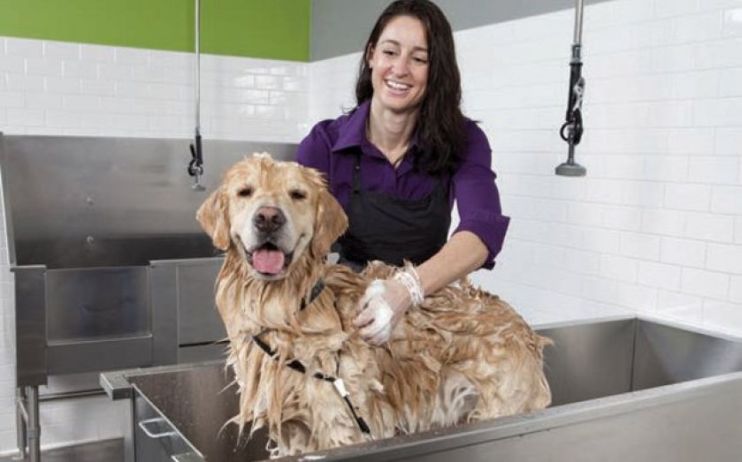Pets at Home backs guidance amid vet probe

Pets at Home said it is trading in line with lowered expectations in its first financial update since the competition watchdog said it would launch a probe into the veterinary industry.
This morning, the animal care business said fourth-quarter trends have been “broadly as expected” across its retail and vet divisions, and profit before tax will be £132m.
In January, the retailer warned that its profit would not be as high as previously forecasted after its retail sales suffered.
The Cheshire-headquartered group said that while its third quarter saw “resilient growth against a challenging comparative”, progress in its retail business was “not at the levels we had expected.”
“We have now successfully launched our new digital platform to consumers, in line with our commitment for launch this year, offering much improved user experience and functionality across our app and website,” it said today.
It comes as the retailer is under pressure from the Competitions and Markets Authority (CMA) after it said it would investigate why pet owners are not getting value for money.
Shares in both Pets at Home and rival CVS Group cratered following the news.
At the time, Pets at Home, which owns 450 clinics across its Vets4Pets and Companion Care brands, said it was “incredibly disappointed” with the investigation.
“The CMA’s findings do not fully reflect our unique business model of locally-owned vet practices.”
“Whilst our brand is national, our veterinary practices are led by individual entrepreneurial vets who have clinical and operational freedom.”
It continued: “They choose all pricing, products and services to ensure the best care for clients and their much-loved pets in their local area, which promotes competition in the market and helps to keep prices low.”
The Competition and Markets Authority (CMA) flagged several issues following its initial review last September.
This included fears that owners are being overcharged for medicines and how a rise in larger groups taking over smaller practices may reduce competition in the market.
In 2013, around 10 per cent of vet practices belonged to large groups, but that share is now almost 60 per cent.